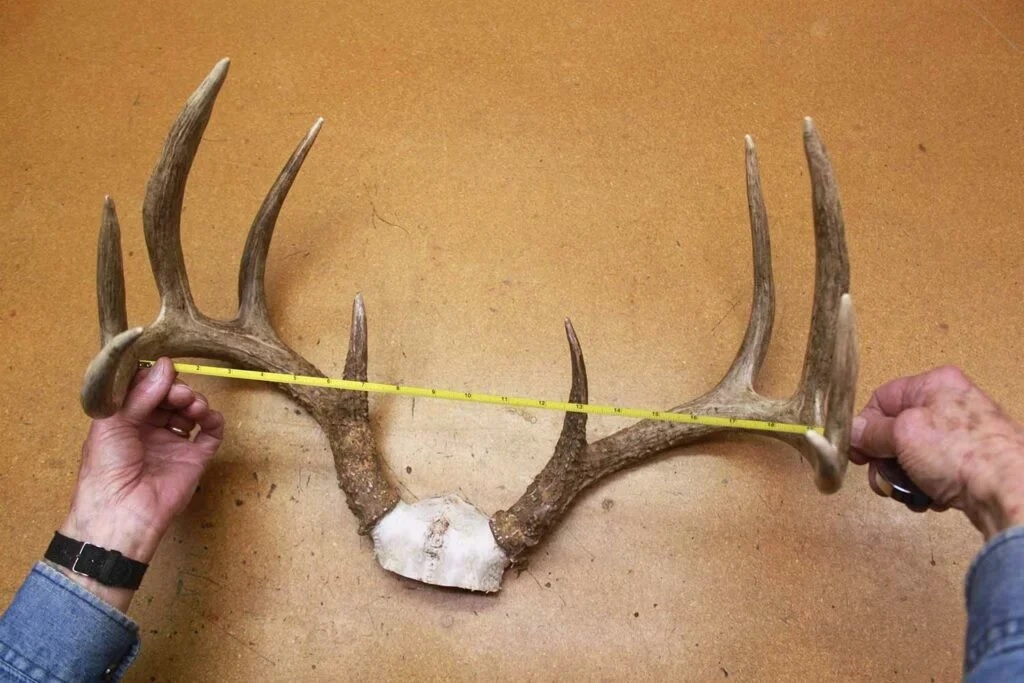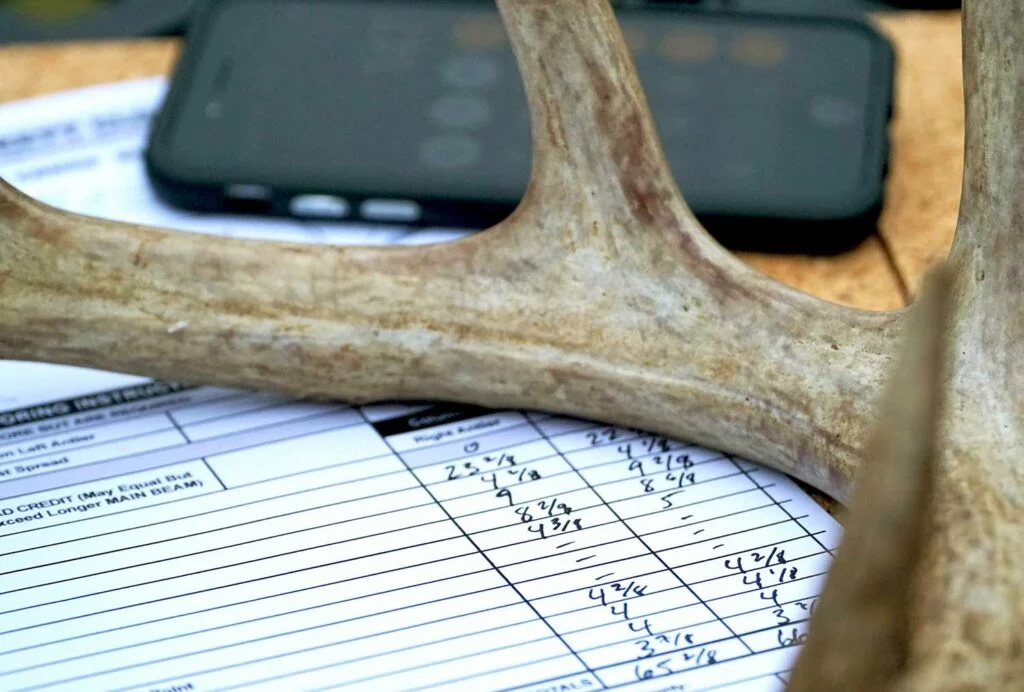
For inventors, by inventors. Go Gear Direct is a marketplace built to help inventors launch new outdoor gear and firearm accessories as well as to provide access to proven, high quality gear by seasoned American Made brands.
So, you’ve just shot a nice whitetail buck, and after a few minutes of admiring your trophy, you do the thoroughly modern thing and whip out your cell phone, snap some pics, and text them to your buddies. Their immediately response: “What’s that thing gonna score?”
While everyone appreciates a well-embellished hunting story, an exaggerated Boone & Crockett score—even if it’s just a guess—can quickly cause eyes to roll. This is something you want to get right, for your own sake as much as anyone else’s. That said, it’s not quite as simple as downloading a B&C scoring sheet and following directions. That’s your first order of business, but there are a number of details along the way that hunters consistently get wrong. With that in mind, here’s a step-by-step guide to getting an accurate B&C green score soon after your buck hits the ground.

Step 1: Measure the inside spread.
This is taken at the widest point inside the main beams. I use a steel tape, but a folding ruler (like carpenters use) can also work.

Step 2: Measure tine length on one side.
This is where a lot of guys give their buck a little too much credit, by measuring tine length from the wrong place on the main beam. To do it correctly, stretch a piece of tape across the base of the tine so that the top of the tape aligns with the top edge of the main beam. Or you can use a pencil to mark the same. Now, start your tine length measurement (the “G” column on the B&C score sheet) from the top of the tape, or pencil mark, up to the antler point. Note that only tines that grow straight from the top of the main beam are measured right now; we’ll cover other points in the “abnormals” section below.

Step 3: Measure the circumferences on one side.
Every whitetail rack, no many how many tines it has, gets four circumference scores (“H” on the B&C sheet) per side. Measure these with a flexible steel tape wrapped around the main beam. Take the first one at the smallest circumference point between the burr (the gnarly spot where the buck’s rack emerges from the skull) and the brow tine, or G-1. Take the subsequent measurements at the smallest point between the tines. (If the circumferences look uniform between the tines, I just take the measurement at the halfway point.) In the case of an 8-point buck, take the fourth circumference measurement halfway between the last tine (the G-3) and the end of the main beam.

Step 4: Measure the main beam length on one side.
You need a flexible cable for this measurement, which is another that many hunters get wrong, for a couple reasons. First, most people don’t know where to start the measurement. Second, it can be tough to keep the cable in proper alignment as you stretch it along the length of the beam. Start from the lowest outside edge of the burr. I tape the cable to the beam at this spot then use additional pieces of tape to hold the cable in place as I work it along the outside contour of the beam. When the cable reaches the end of the main beam, mark that spot with an alligator clip. (If you’re using a string, which can do in a pinch, you can mark the end with a pen or marker). Then remove the cable and stretch it alongside a tape measure laid on a flat surface to get the measurement.
Step 5: Repeat on the other side.
If you have an evenly matched typical rack like the one pictured, and for some reason you’re in a hurry, you can score one side, multiply by two, and you’ll be within a couple inches of the actual green gross score. But if you want to do it right, just repeat the process for the other side of the rack.
Step 6: Measure any abnormal points.
The rack pictured is a squeaky-clean 10-point with no abnormal points. What’s considered “abnormal”? Any tine or point that does not originate from the top of the main beam. This can include drop tines, kickers, stickers, and leaners. Abnormal points are measured separately from the main tines and are recorded in their own column on the scoring sheet. Note that in order to be counted as a point, a tine has to be at least 1 inch long, and greater in length than it is in width (which means that a 1-1/2-inch tine with a 2-inch base would not count).

Step 7: Add and subtract.
Add up all of your measurements and you have your buck’s green gross score. This is the score that many hunters, myself included, mainly care about. You’ve heard that nets are for fishing, right? If you want to enter your buck in the record book, however, it’s the net score that matters. To find that, you subtract the abnormal points, as well as any side-to-side differences. (If a buck’s right G-2 is 10 inches and the left is 9-5/8, that’s a deduction of 3/8 inch.) Now you have the green gross and green net scores; for an official net score, you’ll need to measure again after a mandatory 60-day drying period. But for now, you can definitely text your buds back.
Written by Scott Bestul for Field & Stream and legally licensed through the Matcha publisher network. Please direct all licensing questions to [email protected].
The information below is required for social login
Create New Account